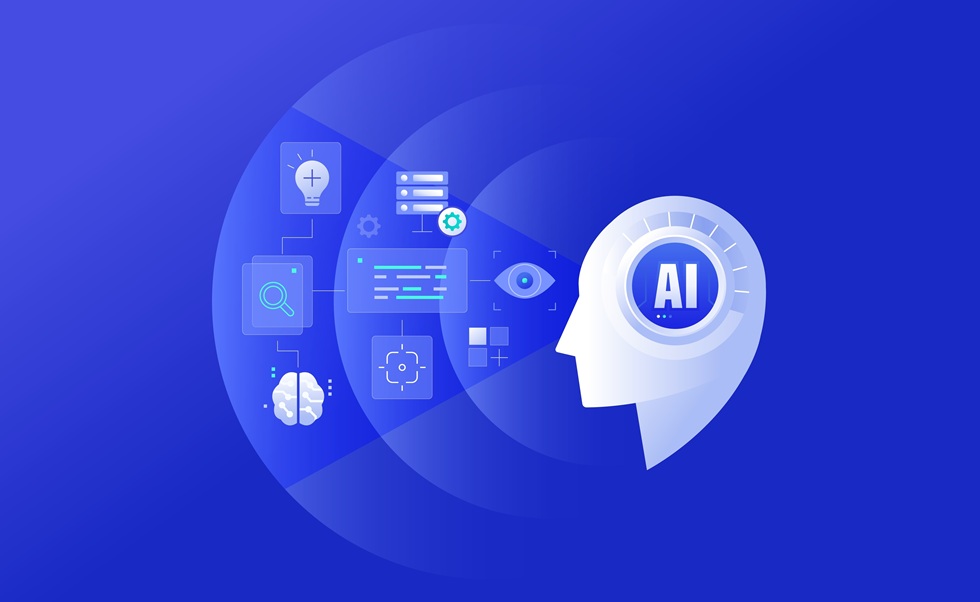As AI systems grow more intelligent, the data that feeds them becomes more fragile. The intelligent enterprise will be defined not by its algorithms, but by how well it integrates and governs the systems that sustain those algorithms.
The conversation around AI has shifted. No longer is it about who has the biggest model or the most powerful GPU cluster. The real differentiator is now orchestration: the ability to manage the flow of data, decisions, and governance across sprawling, hybrid infrastructures. For Ann Maya, Chief Technology Officer for EMEA at Boomi, integration is not a back-office concern; it is the foundation upon which AI performance, trust, and compliance are built.
“AI is forcing organisations to think differently about architecture,” Maya explains. “In traditional systems, a little latency or delay could be forgiven. That is not the case anymore. In the AI world, data must be current, contextual, and accurate every second it moves. If your pipelines are not robust enough to feed your models with the right information, everything else will fall apart.”
She describes vector databases and feature stores as the beating heart of this new landscape, repositories that rely on continuous, multimodal data flows. The architecture behind them must therefore evolve from static data management into intelligent systems that can ingest, verify, and govern information in motion.
When data becomes a liability
The more intelligent systems become, the more fragile they seem to grow. For years, data was treated as an endless resource to be collected and warehoused. AI has exposed that assumption as dangerously outdated.
“The volume of data is increasing faster than our ability to manage it,” Maya says. “We are seeing data quadruple in just a few years, and it is coming at us from every direction, structured, unstructured, voice, image, file, sensor, and stream. Legacy systems simply cannot cope with that level of diversity and velocity. If you do not modernise your data pipelines, AI will surface every flaw you have ignored.”
The challenge, she argues, is not only about scale but about trust. The more sources an organisation draws from, the greater the risk of inconsistency. She gives a simple but telling example. “Imagine you have Salesforce and NetSuite managing the same account, but with different IDs, incomplete fields, and mismatched timestamps. Which one do you trust? If your AI model pulls from both, it may combine them into something plausible but entirely wrong. That is not a hallucination. That is a data quality failure that looks like intelligence because it has been packaged by a machine.”
Such problems, Maya notes, are now magnified by the speed at which AI decisions are made. “AI is a force multiplier,” she continues. “A single data inconsistency can propagate across systems, trigger agents, create new actions, and cause further decisions based on that initial error. You cannot review everything manually afterwards; the damage has already multiplied. The only solution is prevention through proper integration and governance.”
This raises a critical question for executives: when does data stop being an asset and become a liability? “You have to consider the cost of managing it,” Maya says. “Think about what it takes to collect, clean, store, and protect data. If you are spending more on maintaining it than you get from it, it is no longer an asset. The value lies in activation, not accumulation. You do not need every piece of data stored forever; you need the right data in the right moment, managed safely and transparently.”
Building confidence through integration
Despite the complexity, Maya believes that success in AI adoption is less about starting perfectly and more about starting intelligently. “Some organisations think they must fix all their data before they can do anything with AI. That approach just stalls progress,” she says. “A better way is to begin where the data quality is strong. Build something small but robust, such as a simple agent or process automation. Once you have proven that it works, expand it gradually.”
The lesson, she adds, is to design for repeatability. “You have to build your first projects as if they will scale,” Maya explains. “If your integrations are solid and your governance is clear, you can plug those agents into larger workflows or multi-agent systems later. The problem arises when you cut corners early and then try to scale complexity on top of fragility.”
Maya’s experience in digital transformation across global enterprises has shown her how often complexity becomes the enemy of progress. “People overcomplicate everything,” she notes. “They inherit tangled systems built by people who left years ago and are too afraid to touch them in case something breaks. AI gives us a chance to rethink that. We are in a redefinition phase, where we can ask: how do we simplify, how do we modernise, and how do we make the whole thing transparent again?”
Her recommendation is pragmatic: integrate gradually, but design governance from day one. “It is not about creating the biggest integration in history,” she says. “It is about creating systems that you can trust, that you can audit, and that you can adapt. Governance should not be an afterthought. It should be part of the design.”
Governance by design, not by audit
AI does not just automate; it accelerates. And that means mistakes now move at the same pace as insights. For Maya, this reality demands that governance become dynamic, embedded directly into data architectures rather than checked retrospectively.
“We have all seen what happens when governance is left to policy documents instead of platforms,” she says. “AI cannot rely on after-the-fact compliance. It needs governance embedded in the process, who can access what, how data moves, what permissions exist, and what happens when something goes wrong. You must be able to inspect everything in real time.”
She highlights the growing problem of “API sprawl,” where organisations create countless connections between systems without proper oversight. “APIs are the new attack vector,” Maya warns. “There are thousands in most large organisations, many of them forgotten or unmonitored. Some are zombie APIs that were used for one project years ago and never closed. These are open windows waiting to be exploited. If you cannot see all your APIs, you cannot secure them.”
The risk is compounded by the rise of AI agents. As these systems become more autonomous, they will increasingly rely on APIs to perform actions. “If an agent is using an API that has not been properly governed, you may never know what data it accessed or what it sent. That is why observability is so important,” Maya says. “You need a control layer that can trace every interaction, identify anomalies, and enforce policy in real time. It is not about trusting the system, it is about knowing it is trustworthy.”
This is especially urgent in Europe, where data sovereignty and compliance are under growing scrutiny. “Sovereignty is not just about where data is stored,” Maya explains. “It is about where integration happens, where data is transformed, and where temporary copies live. Many companies believe their data is in Europe when it travels through the United States or Asia as part of an integration workflow. You must understand those paths, or you could be breaking the law without realising it.”
Her view is that hybrid infrastructure offers the most pragmatic solution. “You need the scalability of the cloud, but also the local control of on-premise systems,” she says. “Run the control plane centrally but execute regionally. That way, you meet compliance requirements while maintaining the performance AI demands.”
Overcoming the culture of complexity
The technical challenges of AI integration are only half the story. The other half is cultural. “Legacy thinking can be more limiting than legacy systems,” Maya remarks. “Departments still operate in silos; data scientists, IT teams, and business units rarely work as one. The business users understand the data best, but they are often excluded from the process.”
She believes that low-code environments offer a practical bridge. “Low-code and no-code tools let business experts sit alongside technical specialists and build integrations together,” she says. “It closes the skills gap, accelerates development, and creates shared ownership. AI should not be built in isolation by technical teams; it should be shaped by the people who understand the problems it is trying to solve.”
This human-centred approach will only grow more critical as multi-agent systems emerge. “When you design small, well-defined agents built on clean, trusted data, you can orchestrate them into more complex workflows later,” Maya continues. “That orchestration mirrors the way organisations work. It is about collaboration, between agents, between systems, and between teams.”
The future, she believes, will belong to enterprises that can move at different speeds without losing control. “Some systems must evolve daily, others must change slowly and predictably,” she explains. “Your integration architecture must support both. Event-driven design helps, as does versioning APIs rather than overwriting them. You do not want innovation in one area to destabilise reliability in another.”
The future of intelligent integration
Looking ahead, Maya believes the next great leap for enterprise AI will come not from new models, but from more transparent integration frameworks. “We are entering an age where integration is strategy,” she concludes. “The organisations that treat it as a technical afterthought will struggle to scale safely. The ones that invest in governance, interoperability, and simplicity will be the ones who succeed.”
She expects the concept of “governance by design” to become non-negotiable as regulation tightens. “When EU AI laws come into force, auditors will not just want to see policies, they will want to see proof of behaviour. Can you show how your AI made a decision? Can you trace the data that led to it? That level of accountability will define credibility in the AI era.”
As the integration layer becomes more intelligent, it will increasingly shape how AI interacts with the real world. “Enterprises need to understand that their systems are now alive,” Maya says. “Data flows constantly. Agents act autonomously. Integration is no longer wiring; it is the nervous system of the business. If that system fails, everything else fails.”
For business leaders, that message is clear. The integration paradox is now at the heart of AI maturity: the more intelligent the system, the more delicate its foundations become. Success will not depend on who has the most advanced model, but on who can connect, govern, and trust their intelligence at scale.




